Fertilizing Persimmon Trees: Learn About Feeding A Persimmon Fruit Tree
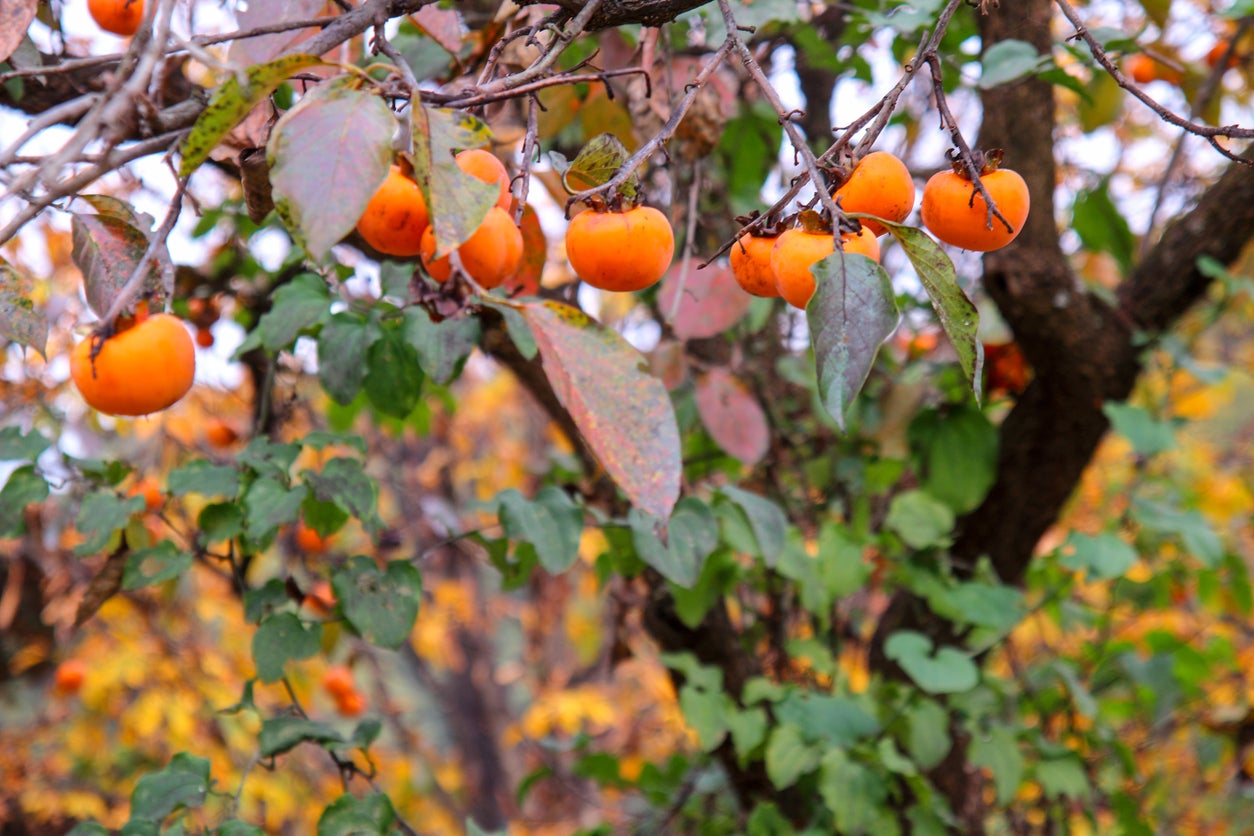

Both oriental persimmon (Diospyros kaki) and American persimmon (Diospyros virginiana) are small, easy-care fruit trees that fit well into a small garden. The fruits are either astringent, fruit that must soften before they are eaten, or non-astringent, eaten hard.
How much fertilizer does a persimmon tree need? The rules for fertilizing persimmon trees are a little different than those for other fruit trees and experts differ on the need for persimmon fertilizer. Read on for more information on persimmon tree feeding.
Fertilizing Persimmon Trees
Many cultivars of persimmon trees are grown on rootstocks that are native plants, so they don’t need a lot of assistance to thrive. That native is the common American persimmon (Diospyros virginiana) that grows in the wild in abandoned pastures in the South.
Feeding a persimmon tree is not always necessary or appropriate. The trees can be very sensitive to fertilizer. Indeed, excess persimmon fertilizer is the primary cause of leaf drop.
When is the Best Time for Persimmon Tree Feeding?
With many fruit trees, gardeners are advised to add fertilizer to the soil when the tree is being planted. However, the advice is different for persimmon fertilizer. Experts suggest that persimmon tree feeding is not necessary at planting time. Fertilizing persimmon trees at the time they are put into the soil is not advised because of the tree’s sensitivity.
Feeding a persimmon should start a few years down the road. Some experts recommend feeding a persimmon tree only if the mature leaves are pale or shoot growth is low. Others recommend fertilizing persimmon trees from the start.
How much fertilizer does a persimmon need? It is suggested that using 1 to 2 cups (240 to 480 mL.) of a balanced fertilizer (like 10-10-10) per year of age is adequate. This should be applied in March, June, and September in the first two years. After that, limit persimmon tree feeding to March and June.
Gardening tips, videos, info and more delivered right to your inbox!
Sign up for the Gardening Know How newsletter today and receive a free copy of our e-book "How to Grow Delicious Tomatoes".
However, this much persimmon fertilizer can cause leaf drop. If it does, adjust the fertilizer accordingly, basing the need for feeding on the tree’s vigor and performance.
Some gardeners assert that persimmon feeding should only be done once a year, either in late winter or else in early spring. Others assert that persimmon tree feeding should occur during the spring growth flush and also during summer. Because of this, you may need to experiment until you find what works for your trees.

Teo Spengler is a master gardener and a docent at the San Francisco Botanical Garden, where she hosts public tours. She has studied horticulture and written about nature, trees, plants, and gardening for more than two decades. Her extended family includes some 30 houseplants and hundreds of outdoor plants, including 250 trees, which are her main passion. Spengler currently splits her life between San Francisco and the French Basque Country, though she was raised in Alaska, giving her experience of gardening in a range of climates.
-
 Looking For Plants To Give You The Soft And Fuzzies? Try These 5 Fuzzy Leaf Plant Options
Looking For Plants To Give You The Soft And Fuzzies? Try These 5 Fuzzy Leaf Plant OptionsLovers of texture, drama, silver foliage and tactile plants will adore these special sensory garden additions. These fuzzy leaf plant options will leave you all aglow
By Susan Albert
-
 Get Ready For A Summer Of Hummers! Grow These Full Sun Hummingbird Plants and Flowers
Get Ready For A Summer Of Hummers! Grow These Full Sun Hummingbird Plants and FlowersIf you’re lucky enough to enjoy a sunny backyard, make sure you are maxing out on your pollinator opportunities and grow these full sun hummingbird plants and flowers
By Tonya Barnett
-
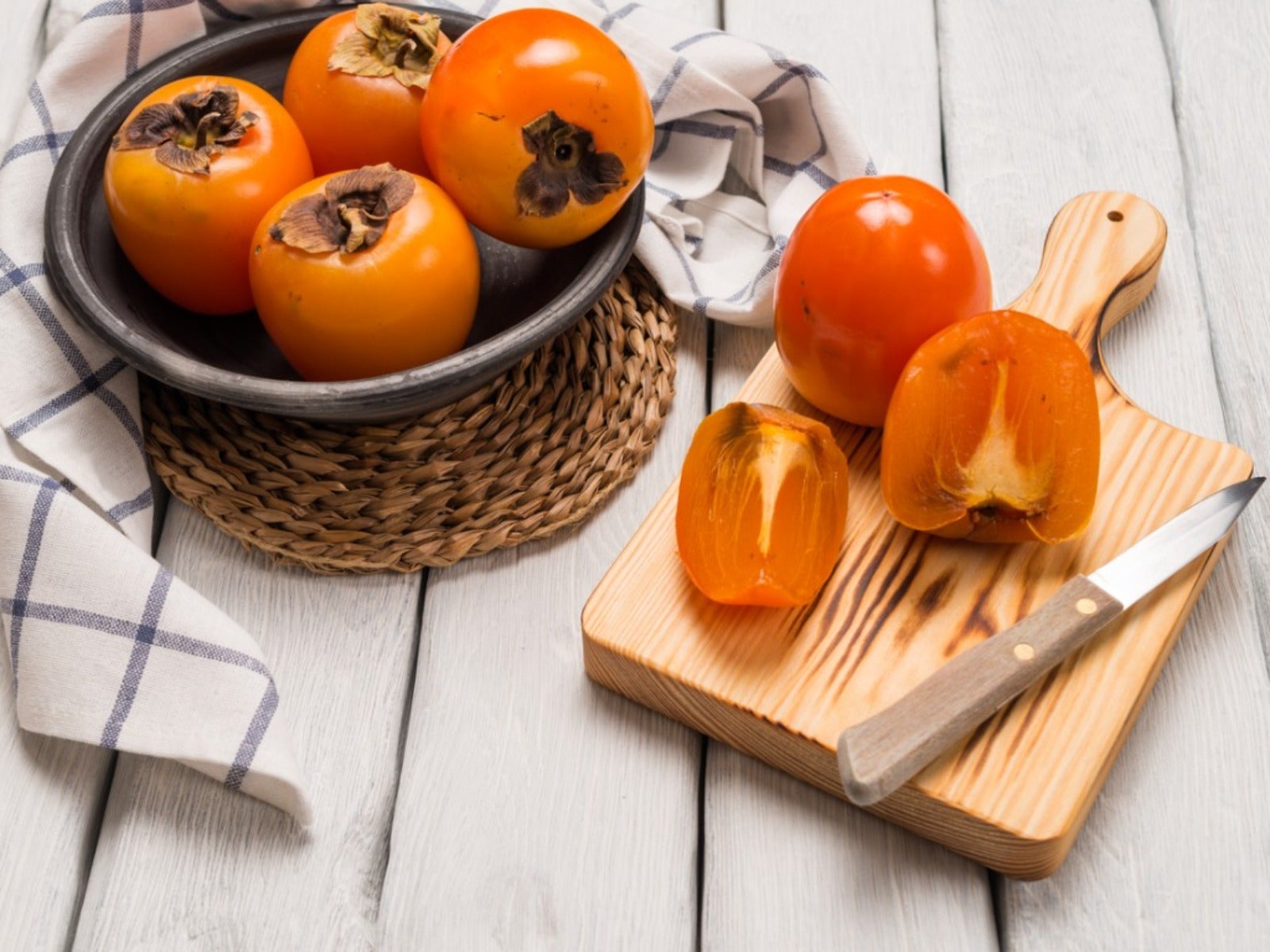 Cooking With Persimmons
Cooking With PersimmonsWant to use persimmons in the kitchen? Click here to learn how to harvest and prepare this fall favorite fruit.
By Amy Grant
-
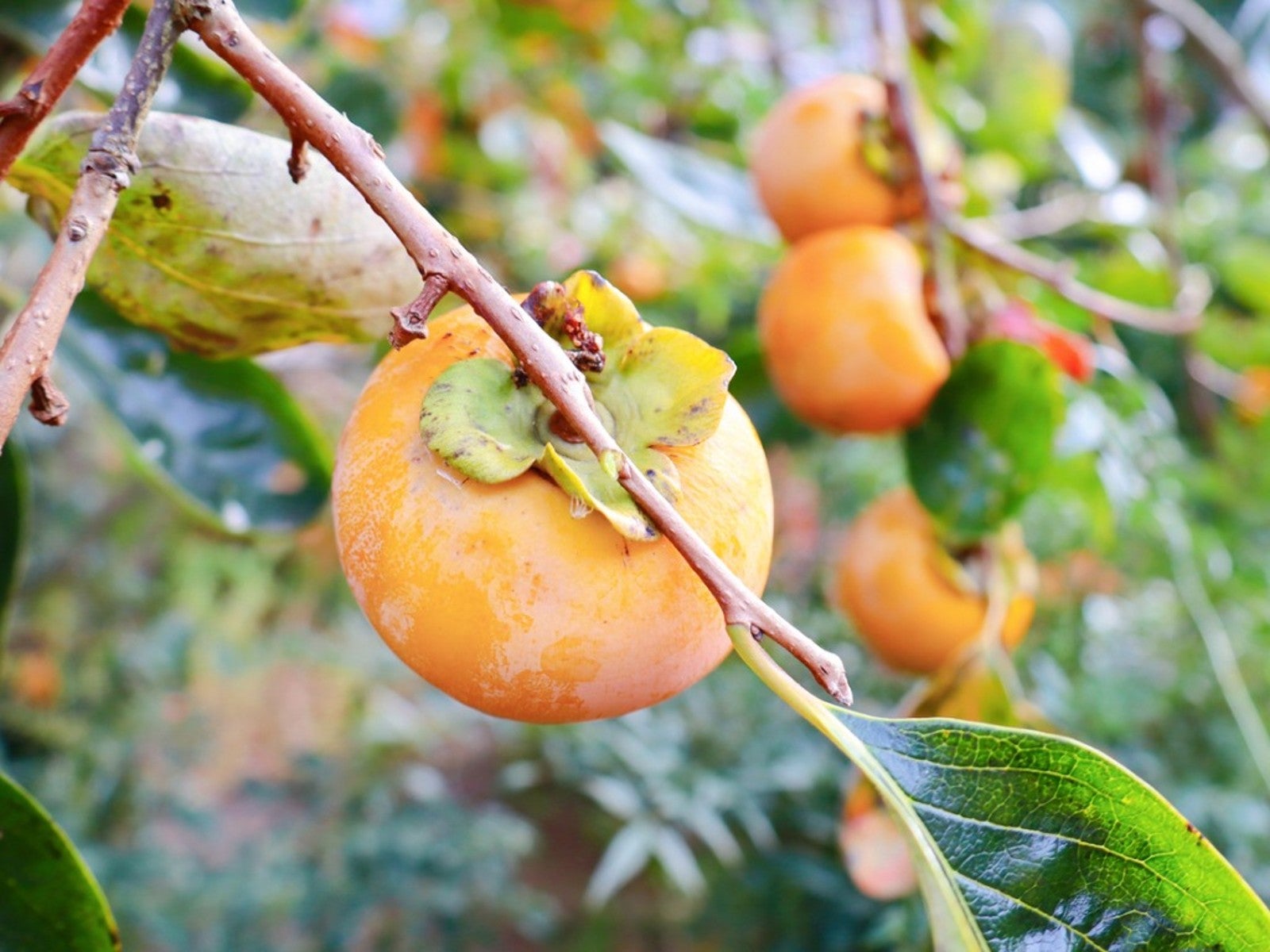 Growing Persimmons In Pots: How To Grow A Persimmon Tree In A Pot
Growing Persimmons In Pots: How To Grow A Persimmon Tree In A PotContainer growing works with many types of fruit trees including persimmon trees. And planting persimmon trees in pots can solve a lot of problems. Read on for more details about how to grow a persimmon tree in a pot on the patio.
By Teo Spengler
-
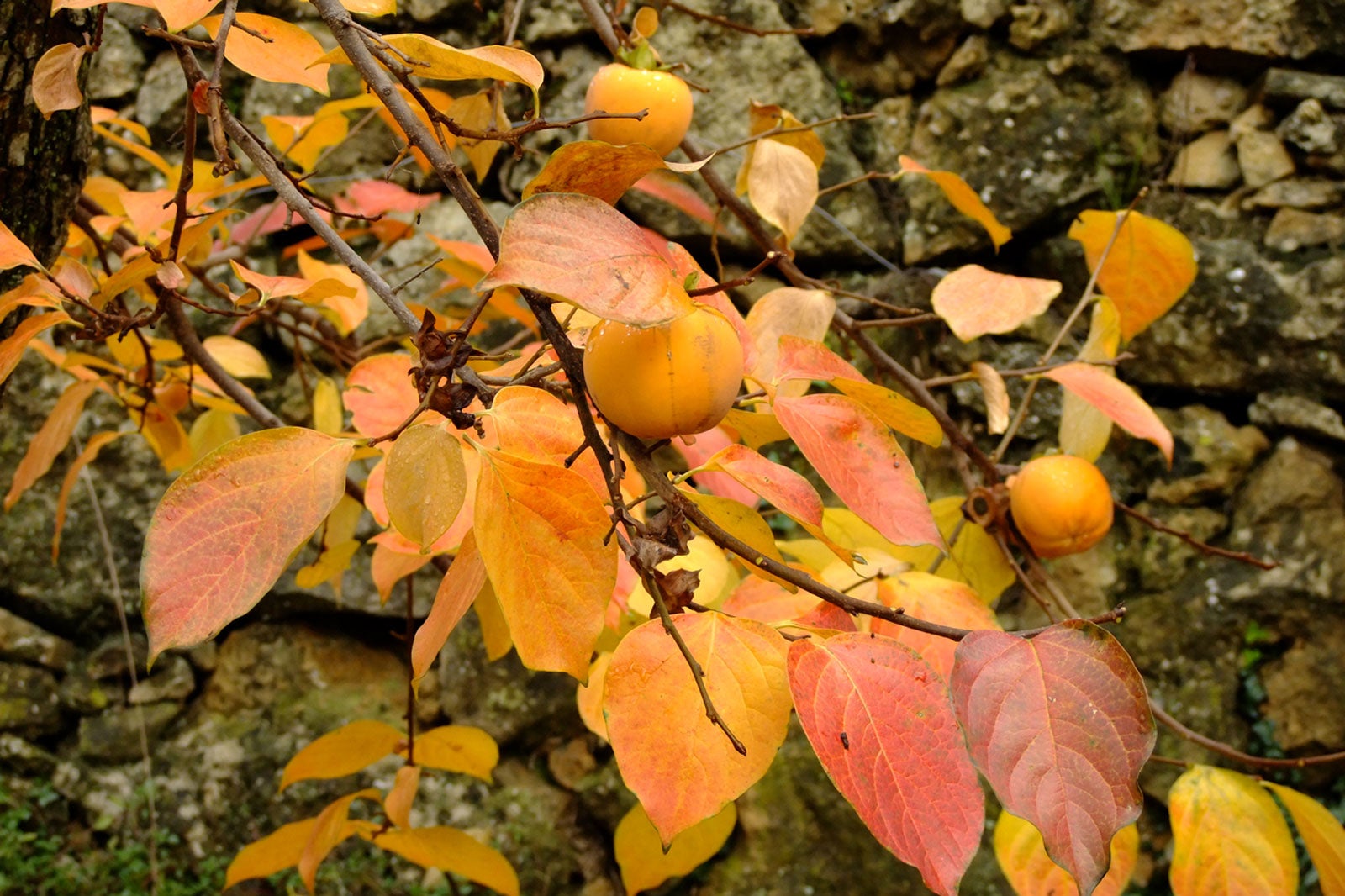 Persimmon Leaf Drop – Why Is Persimmon Tree Losing Leaves
Persimmon Leaf Drop – Why Is Persimmon Tree Losing LeavesA popular tree for home orchards is persimmon trees. These delightful, little trees suffer few serious diseases or pests and are relatively easy to care for. However, if you notice your trees losing leaves, there could be a few reasons behind the cause. Learn more here.
By Teo Spengler
-
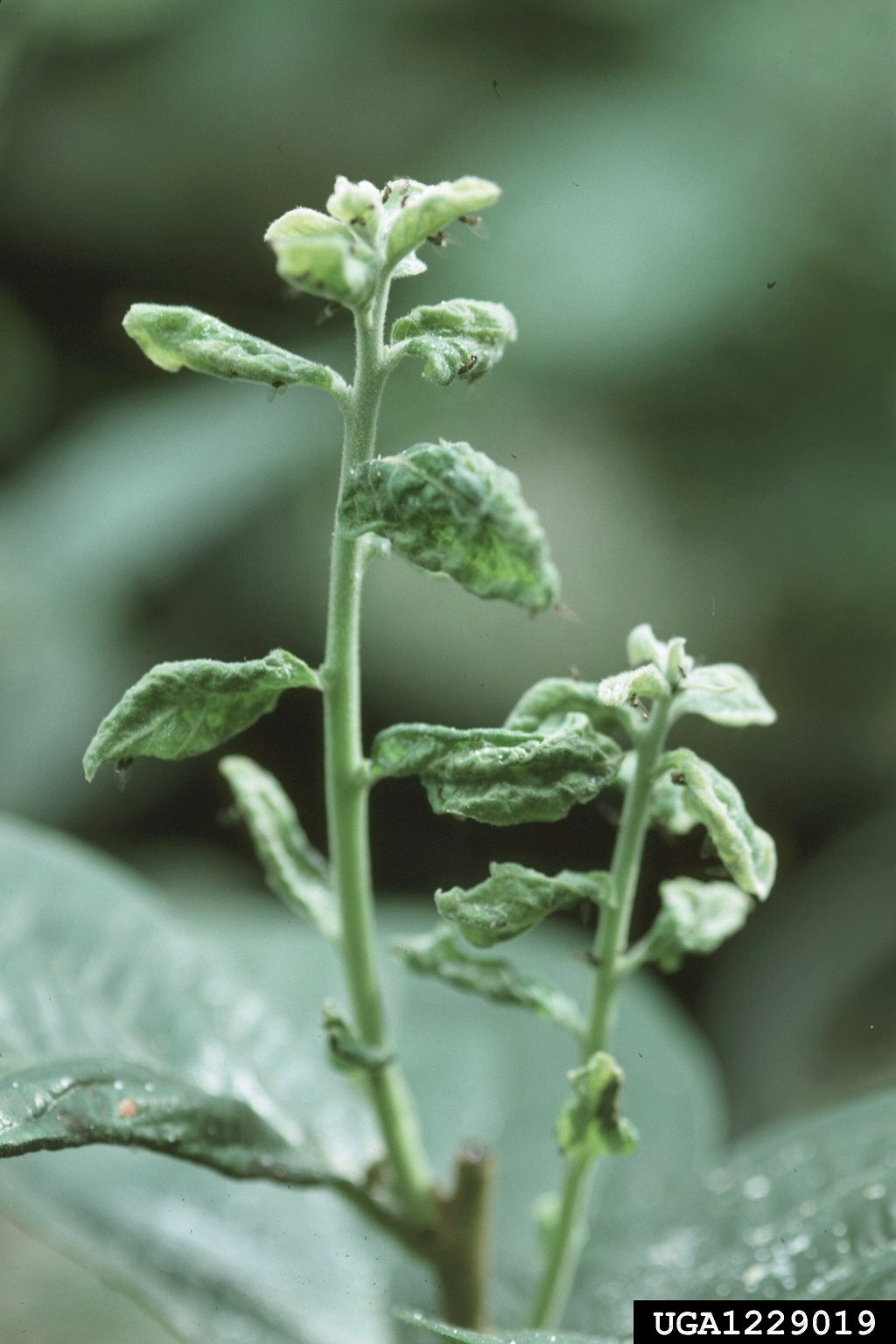 Curled Persimmon Leaves – Why Persimmon Leaves Are Curling
Curled Persimmon Leaves – Why Persimmon Leaves Are CurlingAlthough persimmon trees are generally durable and easy to grow, persimmon leaf curl is an indication that something isn’t quite right. If you’ve noticed curled persimmon leaves, careful troubleshooting is in order. Find reasons for curling leaves on persimmons here.
By Mary H. Dyer
-
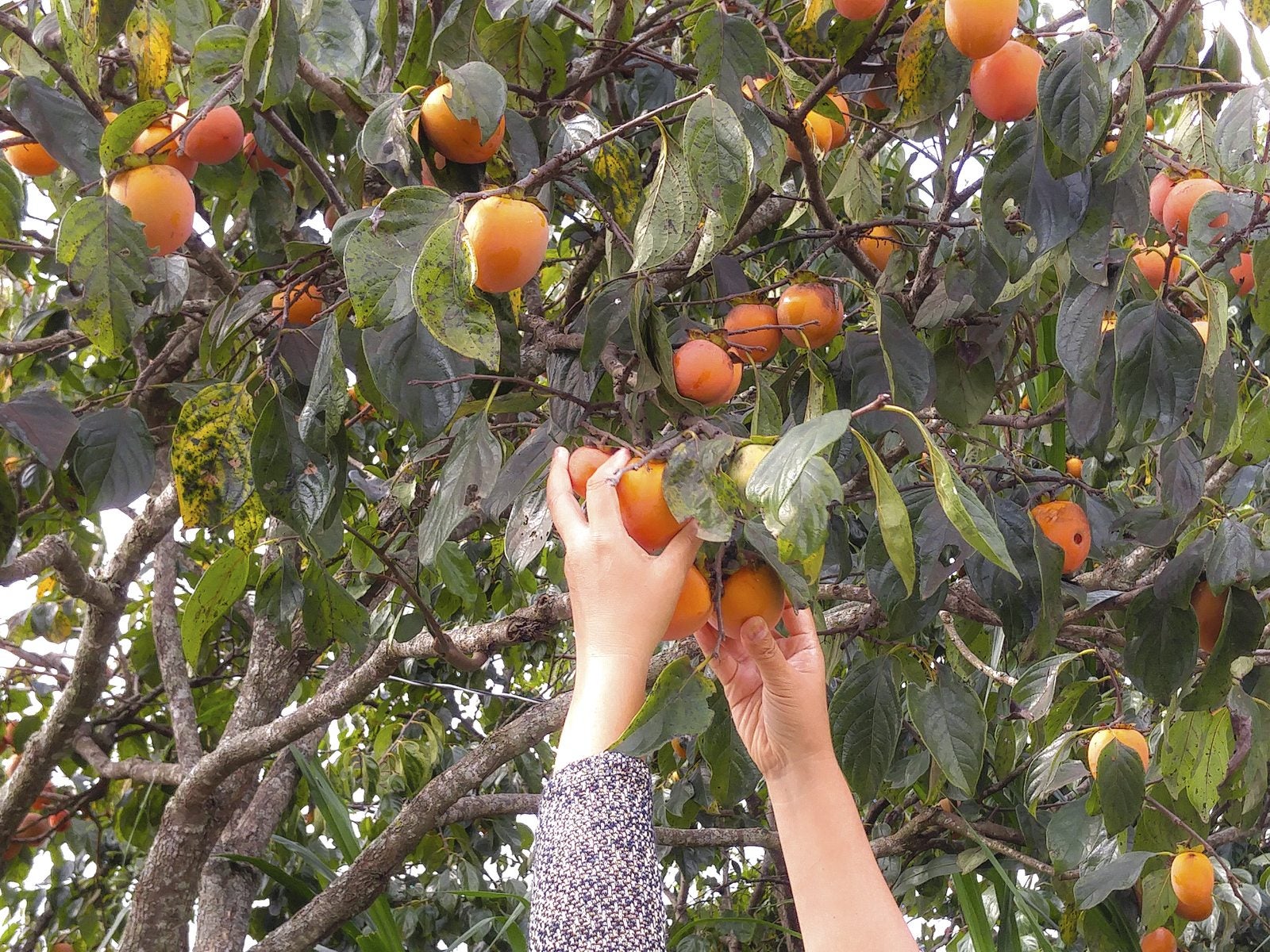 When Are Persimmons Ripe: Learn How To Harvest Persimmons
When Are Persimmons Ripe: Learn How To Harvest PersimmonsWhen they are less than perfectly ripe, they are terribly bitter, so knowing when to pick persimmons at their peak is essential. But how do you know when persimmons are ripe? Click this article to find out about harvesting persimmon fruit.
By Amy Grant
-
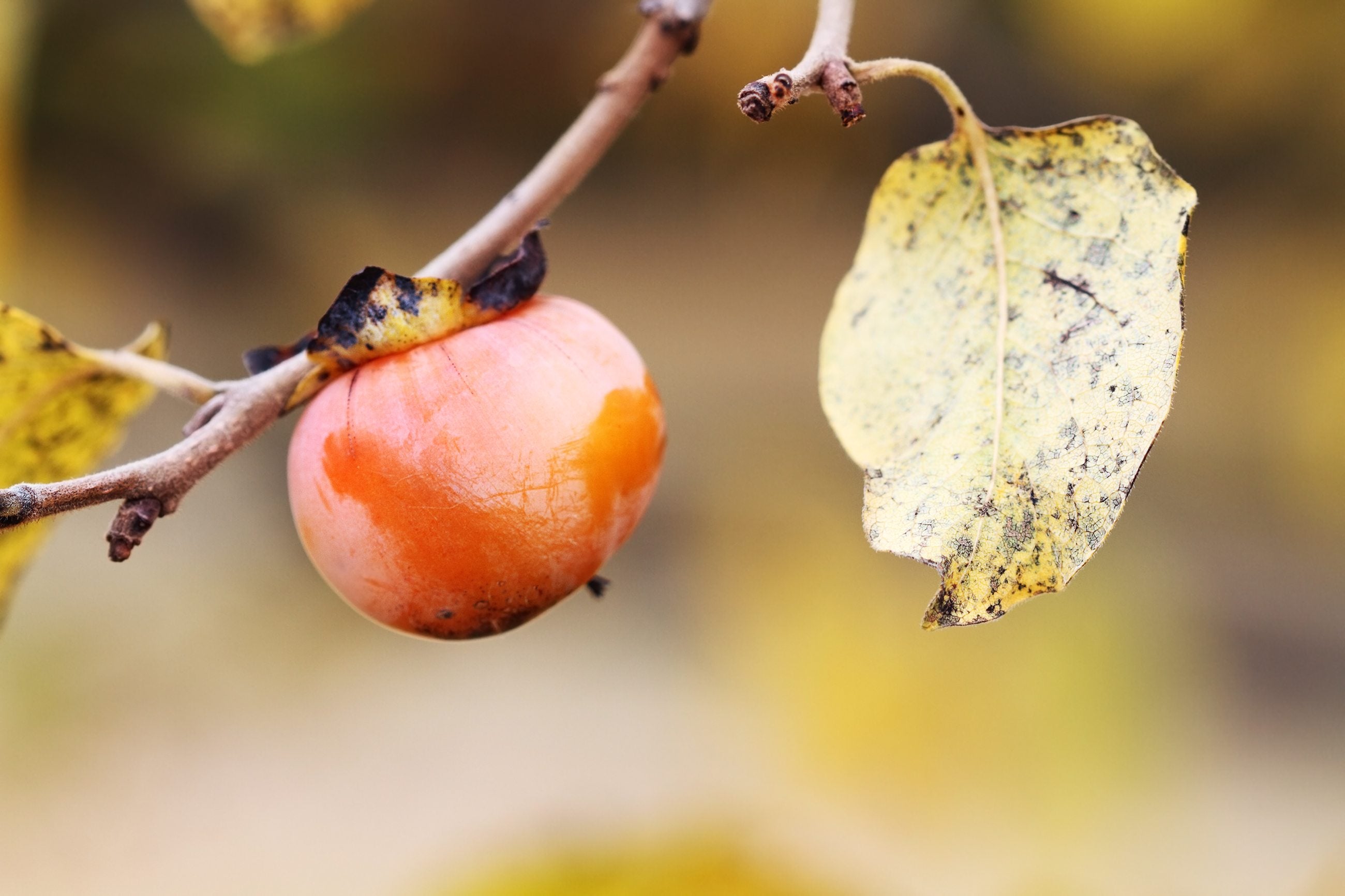 Persimmon Tree Diseases: Troubleshooting Diseases In Persimmon Trees
Persimmon Tree Diseases: Troubleshooting Diseases In Persimmon TreesPersimmons have no serious insect or disease problems, so there is no need to spray regularly. That doesn't mean that your tree won't occasionally need help, however. Click here for information about diseases in persimmon trees.
By Teo Spengler
-
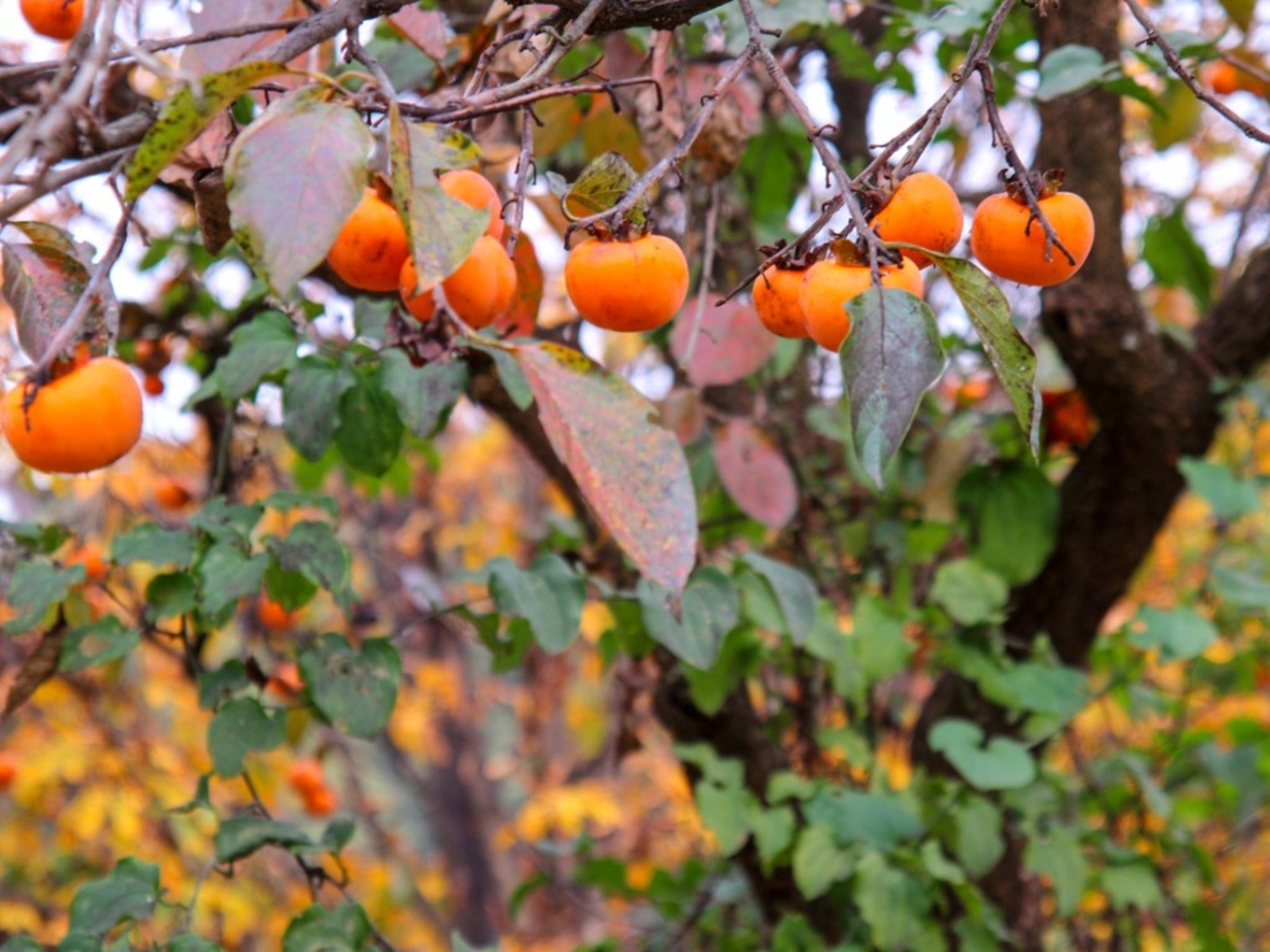 American Persimmon Tree Facts – Tips On Growing American Persimmons
American Persimmon Tree Facts – Tips On Growing American PersimmonsAmerican persimmons aren't as popular as their Asian cousins, but many people think they're tastier. Click for more.
By Teo Spengler
-
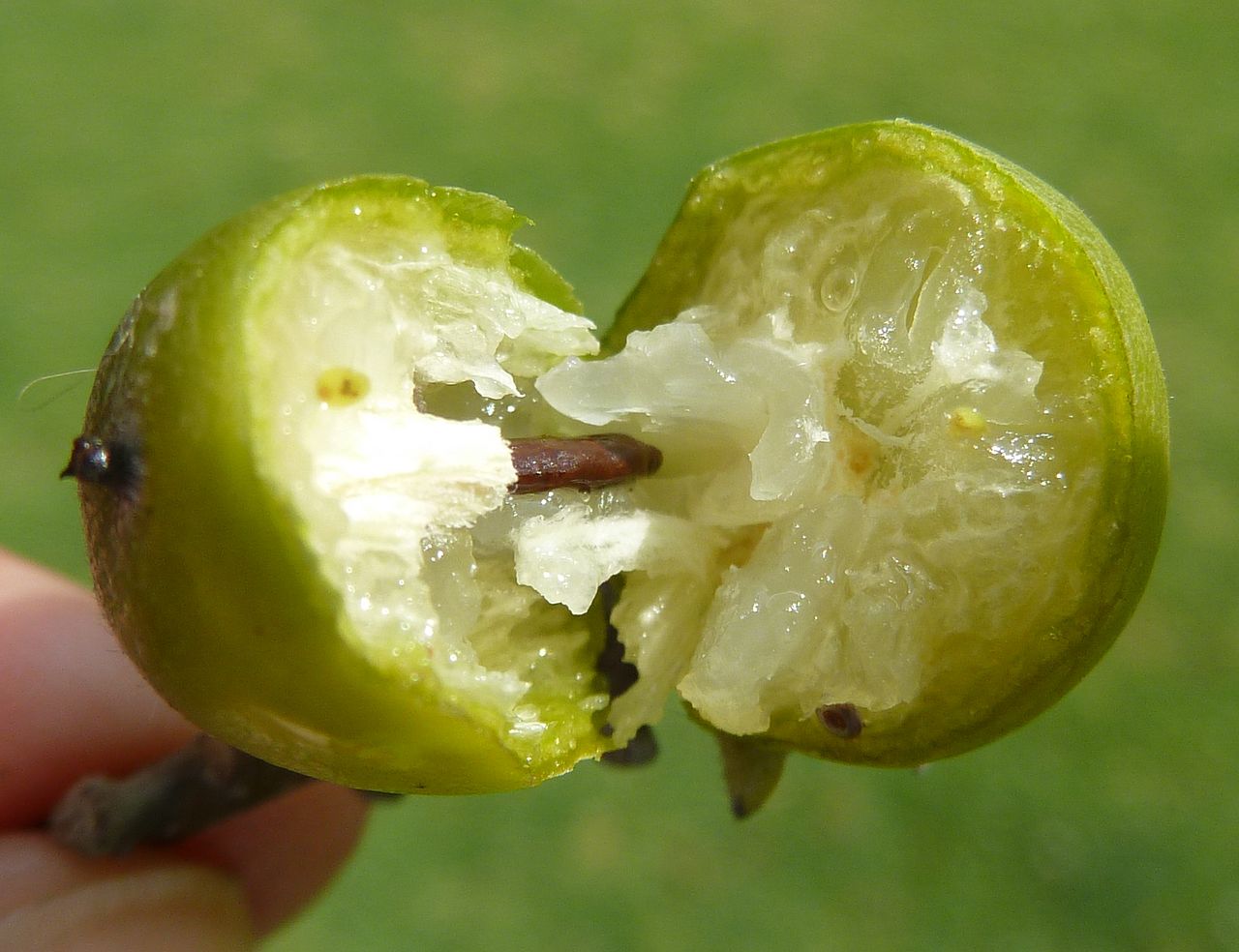 Jackalberry Persimmon Trees: How To Grow An African Persimmon Tree
Jackalberry Persimmon Trees: How To Grow An African Persimmon TreeAn integral part of the savannah ecosystem, is it possible to grow jackalberry persimmon trees here? Click on this article to find out how to grow an African persimmon and other information on jackalberry persimmon trees.
By Amy Grant